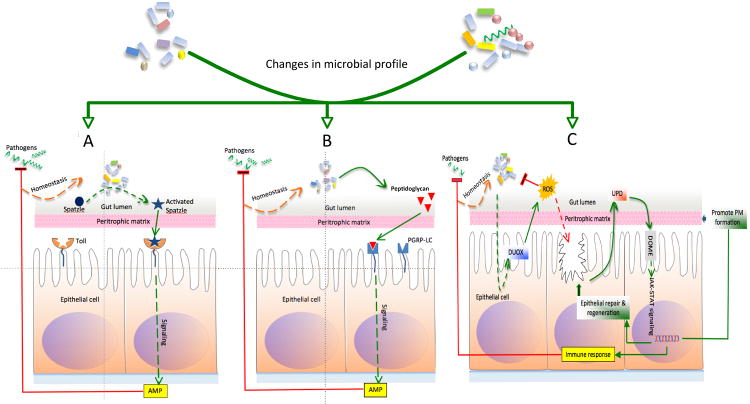Figure 2. Changes in the microbial composition and the consequent immune responses in the tick gut.
Alterations in the gut microbiome associated with feeding, development and infection could modulate the following immune response pathways in ticks: A. Toll pathway. Microbiota-induced activation of Spatzle, enabling Spatzle-Toll interaction and initiation of the signaling cascade resulting in the production of antimicrobial peptides (AMPs). B. Immunodeficiency (IMD) pathway. Sensing of Gram-negative peptidoglycan (Peptidoglycan) by the peptidoglycan recognition protein (PGRP-LC) to activate the signaling cascade leading to AMP production. C. Janus kinase/Signal transducer and activator of transcription JAK-STAT pathway. Microbiota and pathogen-induced activation of Dual oxidase (DUOX) results in the reactive oxygen species (ROS) production to control bacteria. ROS-mediated collateral damage to the gut epithelial cells initiates the release of cytokine-like molecule Unpaired 3 Upd that engages with its receptor, DOME, a signal transducing transmembrane protein receptor, to activate the JAK-STAT signaling pathway. STAT transcriptionally regulates pathways leading to immune responses, epithelial regeneration and repair, and peritrophic membrane integrity. AMPs and immune responses generated by Toll, IMD and JAK-STAT pathways influence pathogen survival, and also facilitate bacterial homeostasis (Based on citations 58, 87, 88 and 89).

